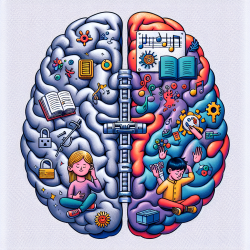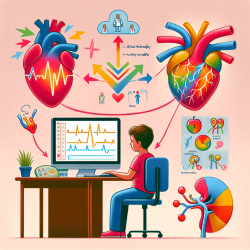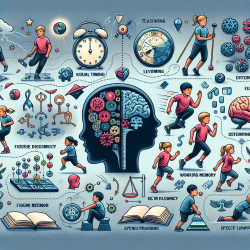Understanding Autism Through Learning Styles
As practitioners in the field of speech-language pathology, we are constantly seeking innovative approaches to improve outcomes for children with autism. A recent study, "A Learning-Style Theory for Understanding Autistic Behaviors," offers valuable insights into how different learning styles can impact autistic behaviors and suggests new avenues for therapy.
The Theory: LUT vs. INT Learning Styles
The research posits that autistic and typically developing brains utilize different learning algorithms. Autistic brains are biased toward Lookup Table (LUT) learning, which focuses on storing experiences precisely, while typical brains lean towards Interpolation (INT) learning, which extracts underlying statistical structures from experiences. This distinction is crucial as it influences how individuals learn, process, and generalize information.
Implications for Therapy
Understanding these learning styles can significantly impact therapeutic approaches. For autistic individuals, therapy should focus on training the LUT learning style to recognize and learn regularities. This can be achieved through:
- Explicit Instruction: Providing clear, step-by-step guidance to help autistic individuals recognize patterns and regularities.
- Gradual Complexity: Starting with simple tasks and progressively introducing more complex ones to build confidence and competence.
- Contextual Learning: Encouraging the use of context to enhance understanding and generalization of learned skills.
Encouraging Further Research
While the theory provides a compelling framework, further research is essential to explore its practical applications. Investigating how these learning styles manifest across different contexts and tasks can lead to more tailored and effective interventions.
Conclusion
By embracing a learning-style approach, practitioners can develop more effective strategies to support autistic individuals in their learning journey. This theory not only enhances our understanding of autism but also opens new pathways for innovative therapy.
To read the original research paper, please follow this link: A Learning-Style Theory for Understanding Autistic Behaviors.










